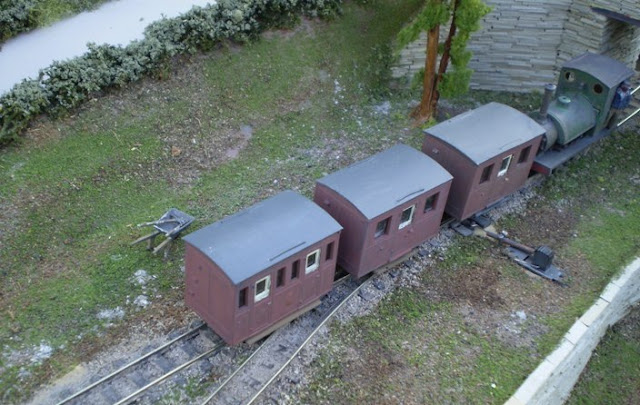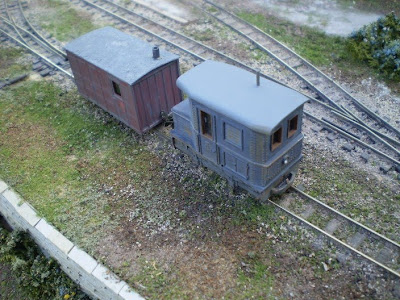Have we been sold a puppy? I’m suddenly aware of how much RTR models cost and that relative cost compared to a few years ago. If I want to buy a new Bachmann Peak it’s going to cost me up to £74.00 (or £171.00 as the RM review states. In error I hope). My at a glance judgement would suggest that that’s around a 20% increase in under five years.
What have we got extra?
Better motor? Well no. The motors in the newer stuff actually seem lower quality if anything. The transmissions have improved, but as far as Bachmann is concerned that is a simple transfer from their U.S. models. What it appears to me that we’re getting is chips. And what are chips? Cheap. And do we want them?
A decade or so ago I built an American layout. Stocked with Athern, Bachmann and Atlas locos, none of which cost more than forty quid. They ran... faultlessly. No chips. So they’re not there for the running quality. Do they improve the appearance? Err... no. What is happening, by stealth if you like, is that we are being sold a new operating system. Why? Quite simple... there’s more money in it. There was a glass ceiling above which models wouldn’t sell. This way they will.
But the vast majority of us don’t need it. Most of us build reasonably simple one-man operated layouts that can be run prototypically (with a couple of exceptions) with existing wiring techniques. Exceptions might be independently running the original train engine out of a terminus immediately behind the departing stock. And when was the last time you saw that move carried out on a model?
This wholesale rush to DCC worries me slightly. It’s a system that can’t easily be repaired by the user and most of us don’t need it, but there is going to come a time, possibly in about fifteen months where every RTR model will be pre-fitted whether we like it or not.
I’m off, back to the three-rail with my head in the fire-bucket.


























